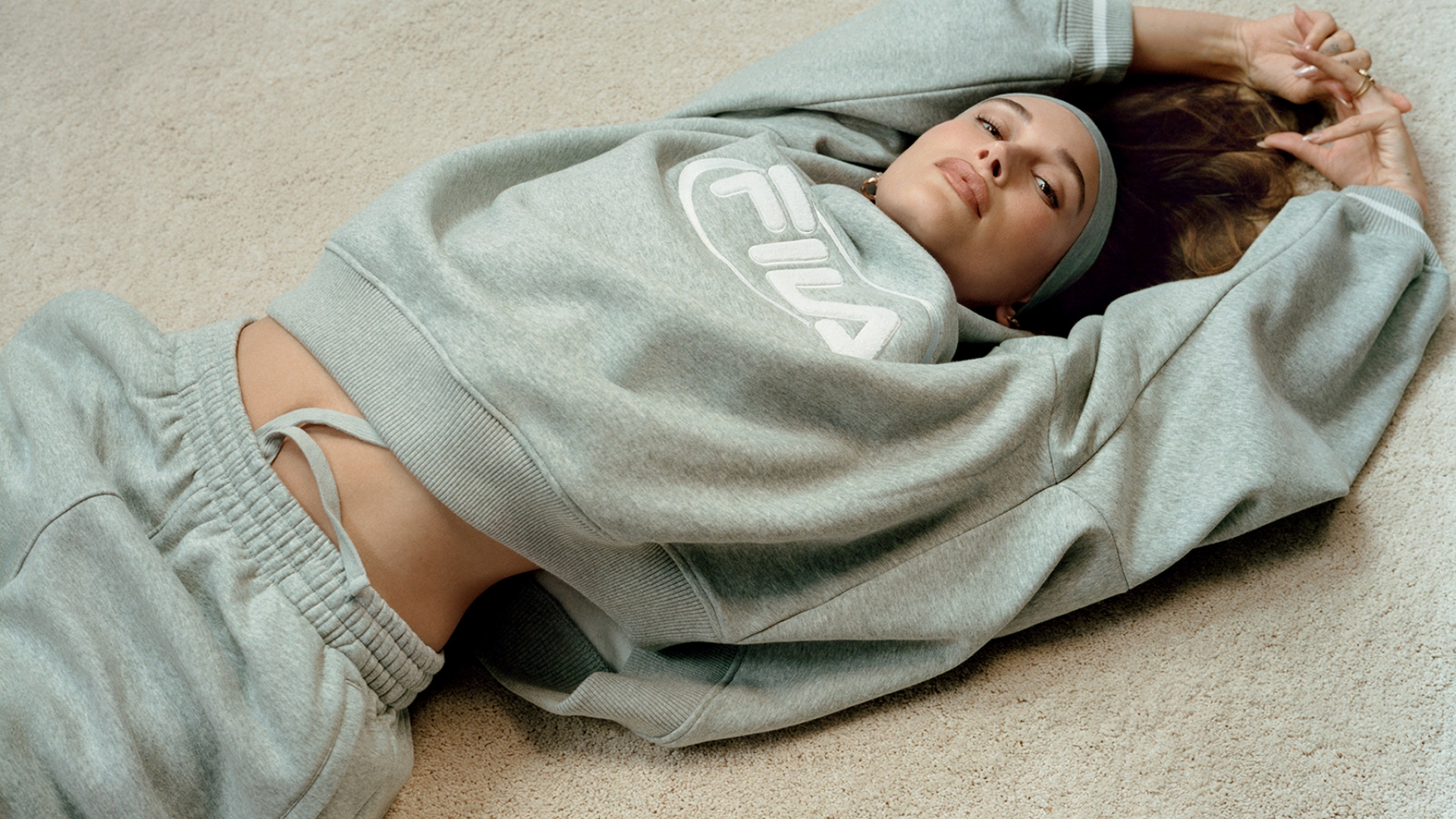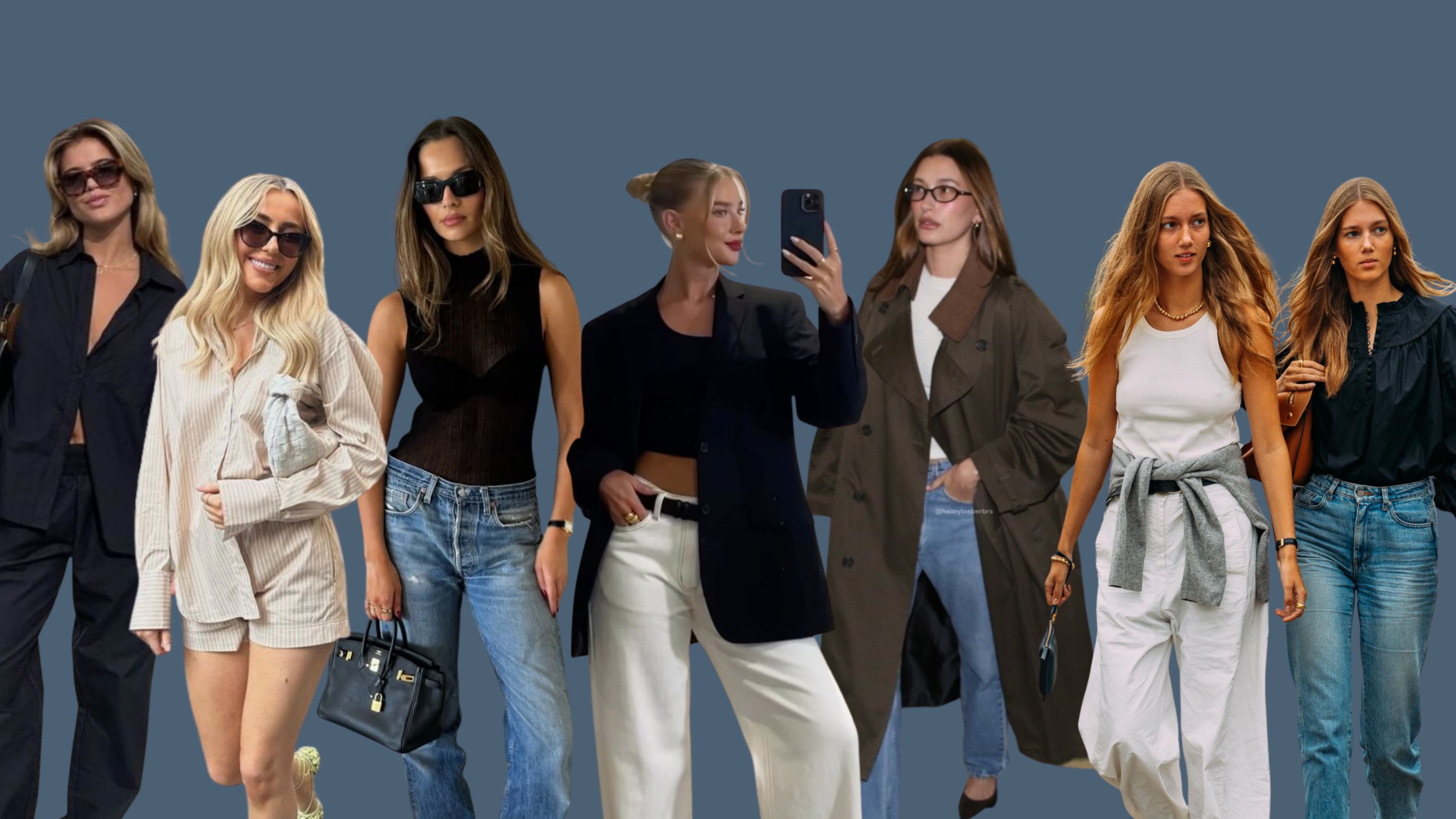Part 1: The Power of Emotions in Fashion Buying Decisions
"The world of fashion is not simply about fabrics and designs—it is a realm intricately woven with psychological influences that sway consumer buying behaviour. Unraveling the hidden psychology behind fashion consumption is paramount for brands seeking to forge impactful marketing strategies and establish a profound connection with their target audience."
"Emotions stand as commanding forces when it comes to fashion purchasing decisions. Beyond the mere acquisition of practical garments or accessories, consumers yearn to satisfy their emotional cravings and desires. The attire we adorn possesses the remarkable ability to evoke specific sentiments, boost our self-assurance, and act as a mirror reflecting our individualities."
"Self-expression emerges as a pivotal emotional factor. Fashion grants individuals the platform to exhibit their unique identities and communicate their values to the world. Whether it be a bold, audacious ensemble or a minimalist, understated outfit, our sartorial choices play a defining role in shaping our social image and how others perceive us."
"When we wear an ensemble that resonates with our persona and style, it empowers us with authenticity and confidence. It serves as a medium for self-expression, allowing us to eloquently convey who we are without uttering a word. This emotional connection with our fashion choices forms the bedrock of our purchasing decisions. We gravitate towards garments that strike a chord within us, enabling us to feel at ease and empowered in our own skin."
"Moreover, emotions such as excitement and anticipation often accompany the act of shopping. The thrill of stumbling upon new trends, the sheer delight of discovering the perfect fit, and the gratification derived from making a purchase collectively contribute to a positive emotional experience for consumers. The process of exploring fashion options, trying on different styles, and envisioning ourselves in various outfits can be exhilarating."
"Brands that adeptly harness these emotions possess the power to cultivate unwavering customer loyalty and transform their products into coveted symbols of status and self-fulfilment. They fashion an atmosphere of aspiration and desire, skilfully tapping into consumers' emotional needs and providing them with a means to express themselves genuinely."
"Nevertheless, it is vital to recognise that emotions can also exert a negative influence. Consumers may find themselves grappling with feelings of remorse or guilt following impulsive purchases or when succumbing to societal pressure. The relentless pursuit of keeping up with ever-changing fashion trends can instigate irrational buying decisions. Brands must strike a delicate balance, kindling positive emotions while ensuring that consumers make informed, confident choices that align with their personal values."
"To craft compelling marketing campaigns and deliver brand experiences that leave an indelible mark, fashion brands must grasp the emotional needs and desires of their target audience. By tapping into the emotions associated with self-expression, confidence, and satisfaction, brands can weave narratives that harmonise with consumers' aspirations and foster a profound emotional connection."
"In the subsequent part of this article, we will delve into the influences of social identity, cognitive biases, and cultural factors on fashion buying behaviour. By understanding these additional psychological drivers, fashion brands can further refine their marketing strategies and forge meaningful connections with their target consumers."
Part 2: The Influences of Social Identity, Cognitive Biases, and Cultural Factors on Fashion Buying Behaviour
As we continue to explore the psychology behind fashion consumption, we delve into the intricate interplay of social identity, cognitive biases, and cultural factors that significantly shape and mould the buying behaviour within the fashion industry. Understanding these additional psychological drivers enables fashion brands to refine their marketing strategies and foster profound connections with their target consumers."
"Social identity exerts a profound influence on fashion choices. Individuals seek to align themselves with specific groups, communities, or subcultures, using fashion as a means of self-identification and belonging. The clothes we wear become emblems that signal our affiliations, values, and aspirations to others. Whether it's the grunge-inspired attire of a music subculture or the tailored suits of a corporate world, fashion helps us construct our social identities and connect with like-minded individuals."
"Fashion brands that grasp the dynamics of social identity can create a sense of community around their products, forging tribes of loyal followers who resonate with their brand's values and aesthetic. By curating marketing campaigns and brand experiences that speak directly to these communities, fashion brands can foster a sense of belonging, further strengthening the emotional connection between consumers and their brand."
"Cognitive biases also come into play when it comes to fashion buying decisions. These biases are mental shortcuts that influence our judgment and decision-making processes. For example, the anchoring effect can lead consumers to rely heavily on the initial price presented, perceiving subsequent discounts as more attractive. Similarly, the scarcity effect triggers a sense of urgency and exclusivity, compelling consumers to make impulse purchases out of fear of missing out."
"Fashion brands can leverage cognitive biases by strategically employing pricing strategies, limited edition releases, and scarcity tactics to create a sense of value and desirability. By understanding the cognitive biases that influence consumer behaviour, brands can design marketing campaigns that play into these biases, enticing consumers and driving sales."
"Cultural factors also shape fashion buying behaviour, with different societies and cultural backgrounds influencing individuals' preferences, aesthetics, and perceptions of beauty. Fashion is a powerful tool for cultural expression and can serve as a bridge between diverse communities. Brands that embrace cultural diversity and inclusivity in their campaigns and product offerings resonate with a wider audience and tap into the growing demand for representation."
"Furthermore, the cultural context in which a brand operates influences consumers' perceptions of its authenticity and relevance. Brands that engage with cultural events, celebrate cultural uniqueness, and support social causes gain credibility and become socially conscious entities. This fosters a deeper emotional connection with consumers, as they perceive the brand as more than just a purveyor of fashion but as a champion of social values and cultural appreciation."
"In an era of increasing competition, where luxury brands not only contend with each other but also with emerging disruptors, selling a dream has become luxury's competitive advantage. Brands must align the image projected by their products with their overall brand image, ensuring coherence and consistency. Selling not just a physical product, but an aspirational lifestyle and an emotional experience, enables brands to forge lasting relationships with their customers."
"By understanding the influences of social identity, cognitive biases, and cultural factors, fashion brands can unlock the secrets to captivating their target consumers. They can design marketing campaigns that speak to consumers' aspirations and desires, leveraging social connections, harnessing cognitive biases, and embracing cultural diversity. In doing so, fashion brands can create compelling experiences that transcend the mere act of purchasing and transform it into a journey of self-expression, belonging, and personal fulfilment."






.svg)


.svg)
.svg)






